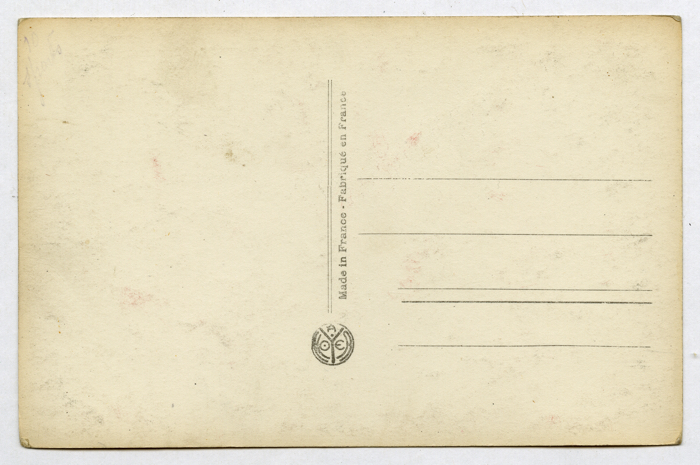Description
1932 Tour de France
The 1932 Tour de France was the 26th edition of the Tour de France, taking place from 6 to 31 July. It consisted of 21 stages over 4,479 km (2,783 mi).
André Leducq, who also won six stages, won the race, thanks to the bonification system; had the bonification system not existed, the margin between Leducq and Kurt Stöpel would only have been three seconds.
For the third year, the race was run in the national team format, with five different teams. Belgium, Italy, Switzerland, and France each sent a team with eight cyclists, while Germany and Austria sent a combined team, with seven German cyclists and one Austrian cyclist. In addition, 40 cyclists joined as touriste-routiers.
Race Overview
In the first stage, the Belgians had a good start. Jean Aerts won the stage, with Jef Demuysere in second place. In the second stage, there were struggles in the Belgian team between the Dutch-speaking and the French-speaking cyclists. Aerst, Dutch-speaking, did not get the support from his French-speaking teammates, and lost ten minutes on that stage, together with the Italian favorites. German Kurt Stöpel won the stage, and donned the yellow jersey, thanks to the bonification. Stöpel was the first German cyclist to lead the general classification in the Tour de France. In the third stage, the longest stage of this Tour with 387 km, Stöpel lost the lead to André Leducq. Leducq kept the lead for the rest of the race, winning six stages along the way. In the fifth stage, Spanish Vicente Trueba escaped and reached the top of the Col d’Aubisque first. On the way down, Benoît Fauré overtook him and reached the Tourmalet first. But he didn’t win the stage, as Italian Antonio Pesenti caught him. Behind the leaders on the stage, Leducq was fighting for the leading position in the general classification. He was not a good climber but was one of the best descenders.
On one stage, Leducq flatted and received a wheel from his teammate Georges Speicher, who would win the next Tour.
In the tenth stage, Leducq almost lost the lead. Camusso had escaped, and Stöpel had followed him. Leducq lost more than five minutes on the stage, and even more due to the bonification time. After that stage, Stöpel was within three minutes of Leducq, and Camusso within six minutes.In the eleventh stage, Leducq could have lost the race. Benoît Fauré, a French cyclist riding as a touriste-routier, escaped and was followed by Francesco Camusso. At one point, they were so far ahead that Camusso was the virtual leader, but eventually, they were caught back.
Leducq also crossed the finish line first in the eighteenth stage, but the jury relegated him because he had been pushed by Albert Barthélemy.
********************************
All of the postal cards on our site are original, with no reproductions.
As many of the cards are quite old and one-of-a-kind, please look carefully a the photos to determine their condition.









Recent Comments